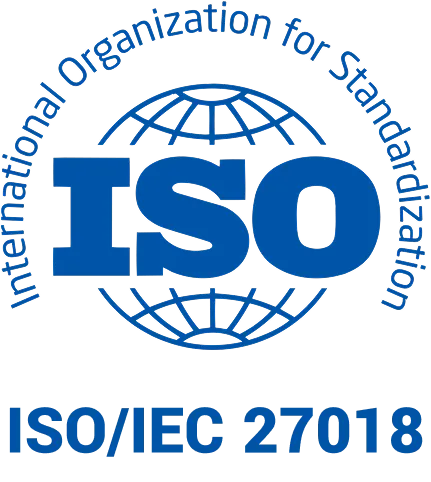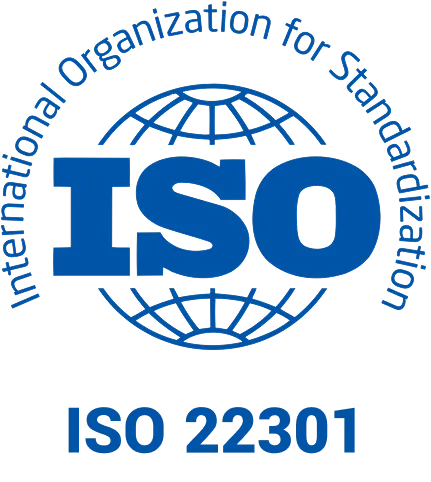
Management styles in the workplace – A guide
In the world of business, managing a team is one of the most crucial aspects influencing work efficiency and employee satisfaction. Choosing the right management style is important because it directly affects team performance and the overall work environment. The management style a leader chooses can determine the success or failure of a project. In this article, we will discuss various management styles, their characteristics, and their impact on the organization. This will help you better understand how to select the best management approach for your team.
What is management style?
Management style refers to the characteristic methods and techniques that leaders and managers use to direct a team and achieve organizational goals. The management style plays a role in the context of a company, affecting employee satisfaction, the work atmosphere, and team efficiency. Understanding different management styles is crucial for leaders, as it allows them to adapt their approach to specific needs and situations, leading to better outcomes and greater employee satisfaction.
Basic management styles
Autocratic management style
The autocratic management style focuses on centralizing power, with the leader being the recognized authority. In this model, the leader sets the vision that the team must strive towards, making employees completely dependent on their opinions and decisions. This can also be referred to as centralized power. Management is primarily focused on issuing orders, and final decisions are always made by the leader. The leader concentrates on tasks rather than people, creating a distance between themselves and the employees.
Democratic management style
The democratic management style is considered the most balanced, universal, and safe. The manager treats their employees as partners, showing them kindness. They take into account their ideas, feedback, and needs. In the democratic management style, the manager formulates specific instructions, sets goals for actions, and general procedures, but gives employees considerable freedom in choosing how to achieve these goals. The manager strives to create a good atmosphere in the team, building a climate of mutual trust, acceptance, and respect.
Coaching management style
The coaching management style meets the needs of employees who want to be heard, treated with respect, and on equal footing. It allows for open discussions about important issues, the meaning of work, and priorities. It creates space for exchanging ideas, questioning current practices, and proposing innovative solutions. Employees start to take on more responsibility. Relationships between management and employees become more collaborative, increasing the level of mutual trust.
Authoritarian management style
Similar to the autocratic style but with a greater emphasis on hierarchy and discipline. Employees have clearly defined duties and expectations, and the leader controls their execution. Often used in military structures and organizations with strict regulations. Since goals are set by the leader, the authoritarian style is effective when organizing the work of a large group of people, where considering the individual needs of each employee is essentially impossible.
Liberal management style
Characterized by significant freedom of action for employees. Liberal leaders set goals but leave the team free to choose methods for achieving them. This management style is effective in creative industries where employee autonomy is a priority. The manager does not interfere in task execution, does not supervise work, does not participate in it, and avoids evaluating employees.
Affiliative management style
Focuses on building strong relationships among team members and creating a harmonious work environment. Leaders care about employees' well-being, which leads to increased engagement and loyalty to the company. The main goal of this approach is to enhance employee engagement and loyalty by creating a friendly and supportive work environment.
Differences in management styles
The differences between various management styles are significant and impact how a team functions and work efficiency. The autocratic management style is characterized by centralized power, where the leader makes all decisions and controls every aspect of the team's work. In contrast, the democratic management style is based on collaboration and employee involvement in the decision-making process, which fosters greater creativity and job satisfaction. The coaching management style focuses on employee development through mentoring and support, increasing their competencies and engagement.
Choosing the appropriate management style depends on many factors, such as team specifics, company characteristics, and the particular situation. For instance, in crisis situations where quick and decisive action is required, the autocratic style may prove to be the most effective. On the other hand, in organizations where innovation and collaboration are important, the democratic or coaching management style will be more suitable. It is important for leaders to be flexible and able to adapt their management style to current needs and challenges.
Choosing the best management style
The choice of the best management style depends on various factors, including team specifics, company characteristics, and the current situation. The priority is to adjust the management style to the unique needs and expectations of employees. For example, in technology companies, a democratic or coaching style may be more effective. In crisis situations, an autocratic style may be more appropriate.
Flexibility in management is essential to effectively respond to changing conditions and challenges. Leaders who can adapt their management style to the current needs of the team and the organization are more likely to achieve success. It is important for managers to be aware of different management styles and to apply them in practice, depending on the situation and team characteristics.
In summary, choosing the right management style is crucial for team efficiency and employee satisfaction. Leaders need to be flexible and adjust their approach to the specifics of the team and the company's situation. Experimenting with and adapting different management styles allows for achieving the best results and building a healthy and productive organizational culture.




































